Birds of prey are among nature’s most impressive hunters, with specialized adaptations that make them masters of the sky. Their journey from vulnerable hatchling to skilled predator is a remarkable transformation that combines instinct, learning, and development. For falconers, wildlife rehabilitators, and conservation breeders, understanding this development is crucial to successfully raising these magnificent birds. This article explores the fascinating process of raising raptors from their earliest days to their emergence as skilled hunting machines, examining the challenges, milestones, and techniques involved in this specialized endeavor.
Understanding Raptor Biology

Raptors, also known as birds of prey, are characterized by their sharp talons, hooked beaks, and exceptional vision that can spot prey from remarkable distances. This diverse group includes eagles, hawks, falcons, owls, and vultures, each with unique adaptations suited to their hunting strategies and ecological niches. Despite their differences, all raptors share a common developmental journey from helpless hatchling to efficient predator. Their altricial nature means they are born relatively underdeveloped, requiring extensive parental care before they can hunt independently. Understanding the biological imperatives that drive raptor development is essential for anyone involved in raising these birds, whether for conservation, rehabilitation, or falconry purposes.
Legal Considerations and Ethics
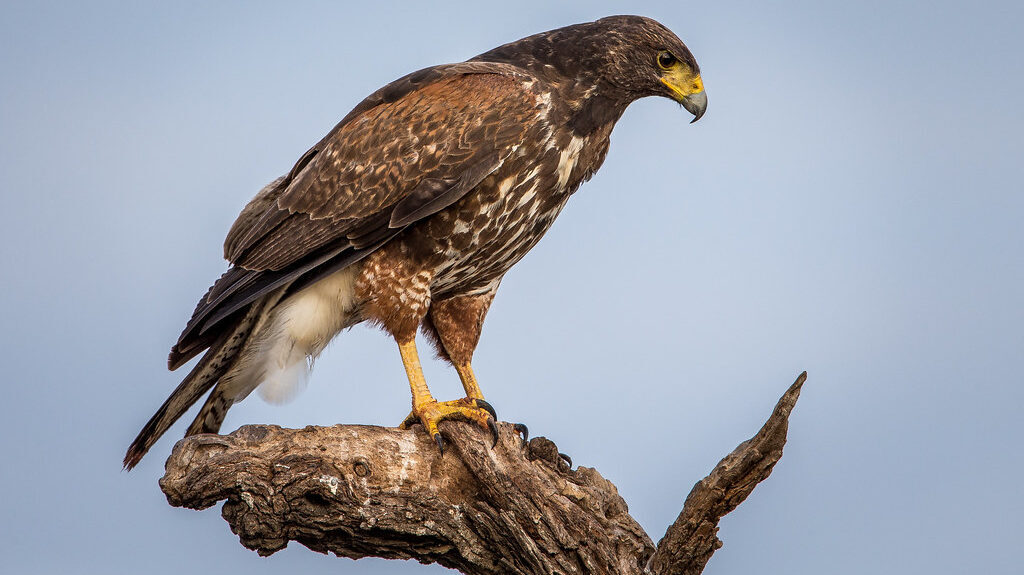
Before embarking on raising any raptor, it’s essential to understand the strict legal framework governing these protected species. In most countries, possession of native raptors requires specific permits, with falconry licenses typically involving apprenticeships, written examinations, and facility inspections. The Migratory Bird Treaty Act in the United States and similar legislation worldwide protect raptors from unauthorized possession, with penalties including hefty fines and imprisonment for violations. Beyond legalities, ethical considerations must guide all interactions with these birds, prioritizing their welfare and natural behaviors over human desires. Conservation breeding programs operate under strict protocols to ensure genetic diversity and prevent imprinting that would compromise release potential, while rehabilitation efforts focus on returning injured birds to the wild whenever possible.
Creating the Optimal Nesting Environment
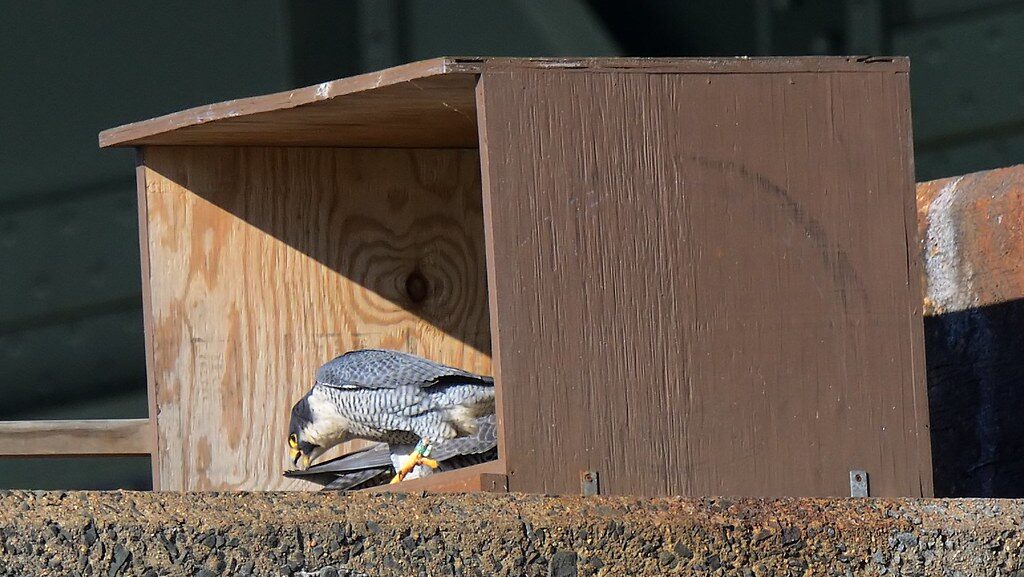
Providing appropriate housing for developing raptors is crucial to their physical and psychological well-being. Facilities must offer protection from extreme weather, predators, and human disturbances while providing sufficient space for movement and exercise. For very young birds, brooder boxes maintain stable temperatures essential for proper development, with gradual adjustments as birds mature and develop thermoregulatory abilities. As birds grow, they require progressively larger enclosures with appropriate perching of varied diameters to strengthen feet and prevent podiatric issues. For birds destined for release, housing should limit human contact and provide natural elements that prepare them for wild conditions, including weathering perches and visual access to the outdoors. Dedicated breeding facilities often incorporate specially designed nest platforms or boxes that mimic natural nesting sites for the species.
Incubation and Hatching

For those working with raptor eggs, proper incubation techniques are critical to successful hatching. Eggs require specific temperature and humidity levels that vary slightly by species, typically ranging from 37.2-37.5°C (99-99.5°F) with relative humidity between 40-50%. Regular turning of eggs prevents adhesion of the embryo to the shell membrane, either manually or using automatic incubators programmed to rotate eggs several times daily. Monitoring development through candling allows practitioners to assess viability and development progress without disturbing the embryo. As hatching approaches, eggs enter the “pipping” stage where the chick creates a small hole in the shell using its egg tooth, a process that can take 24-48 hours to complete as the exhausted hatchling works its way out of the shell. Intervention during hatching should be minimal and undertaken only when absolutely necessary, as premature assistance can result in bleeding or developmental complications.
Nutrition for Developing Raptors
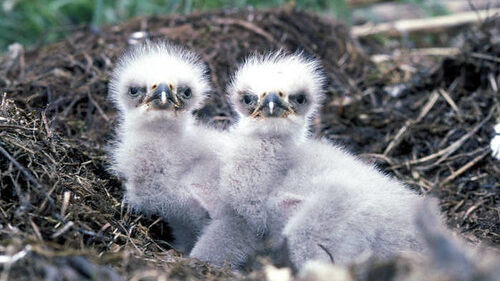
Proper nutrition forms the foundation of healthy raptor development, with dietary requirements changing as birds mature. Newly hatched chicks typically receive finely chopped, high-quality protein sources like day-old chicks, mice, or specialized raptor formulas that provide essential nutrients in digestible forms. As birds develop, whole prey items gradually replace processed foods, helping to develop natural feeding behaviors and providing important dietary components like bone, fur, and feathers that contribute to pellet formation. Calcium supplementation is particularly critical during rapid growth phases to prevent metabolic bone disease, which can cause permanent skeletal deformities. Varied diet composition helps ensure complete nutrition, with different prey species offering complementary nutrient profiles that support optimal development. For falconry birds, precise weight management becomes increasingly important as they approach training age, with careful monitoring to maintain ideal hunting weight without compromising health.
Developmental Milestones
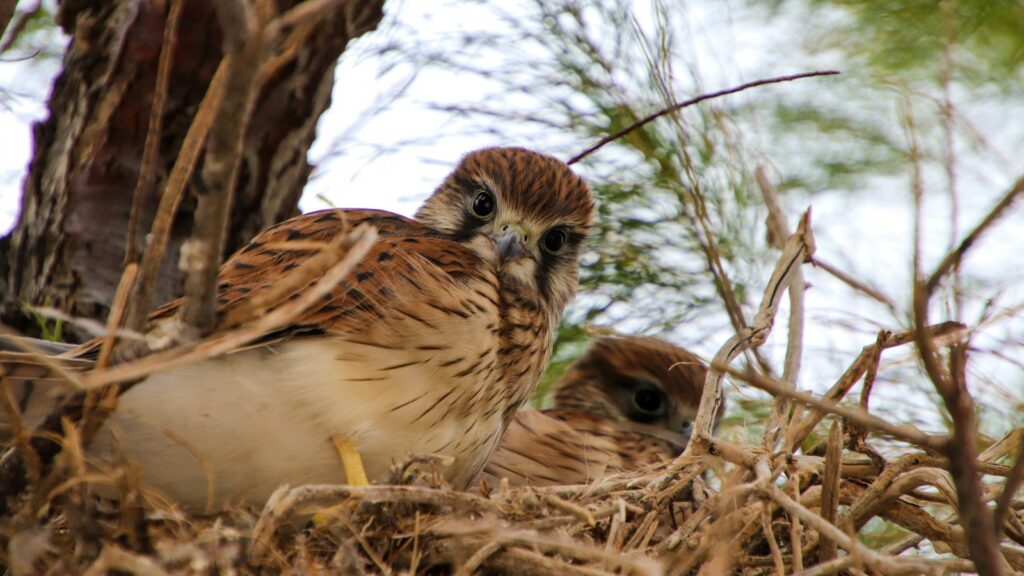
Raptor development follows predictable patterns marked by key physical and behavioral milestones that signal healthy progression. Within their first week, hatchlings typically double their birth weight, developing strength and coordination as they learn to hold their heads steady and begin responding to environmental stimuli. Between weeks two and four, most species begin sprouting pin feathers, with primary flight feathers emerging first, followed by body contour feathers. By six to eight weeks, many species enter the branching or “jumping” stage where they leave the nest but remain nearby, exercising wings and developing flight muscles before achieving sustained flight. Cognitive development progresses alongside physical growth, with birds demonstrating increasing awareness, problem-solving abilities, and predatory instincts. Each species follows its own timeline, with smaller falcons developing more rapidly than larger eagles and vultures, which may require months to reach independence.
Imprinting and Socialization Considerations
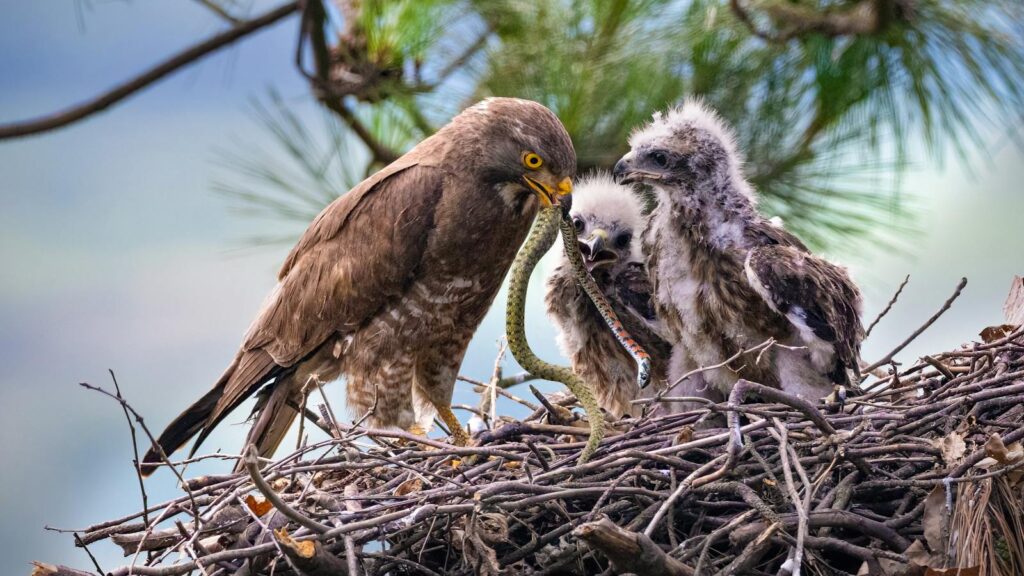
The critical imprinting period in young raptors presents both challenges and opportunities depending on the bird’s intended future. For conservation breeding programs producing birds for release, human contact must be minimized to prevent improper imprinting that would compromise survival ability, often utilizing puppet-rearing techniques or parent-rearing whenever possible. Conversely, falconry birds benefit from carefully managed human imprinting that facilitates training while maintaining appropriate fear responses to potential dangers. Social species like Harris’s hawks require exposure to conspecifics during development to ensure proper behavioral development and communication skills. Regardless of purpose, all raptor rearing must carefully balance habituation and wildness, a delicate equation that varies by species, individual temperament, and intended outcome. Mishandled imprinting can result in birds that are either dangerously aggressive toward humans or incapable of normal interactions with their own species.
Health Monitoring and Veterinary Care
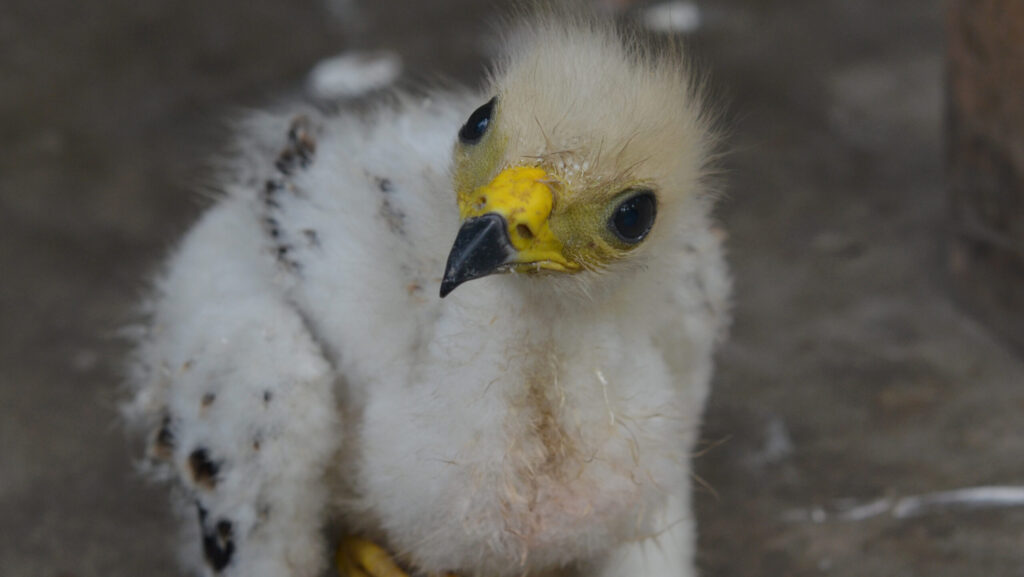
Vigilant health monitoring is essential throughout a raptor’s development, with subtle behavioral changes often providing the first indication of medical issues. Regular weighing provides objective data on development progress, with consistent growth curves indicating proper nutrition and health. Physical examinations should assess feather quality, mouth and throat condition, respiratory sounds, and droppings, which can reveal digestive or parasitic problems. Common health challenges during development include aspergillosis (a fungal infection), frounce (a protozoal infection), bumblefoot (bacterial podiatritis), and various parasitic infestations that require prompt treatment. Establishing a relationship with an avian veterinarian experienced in raptor medicine is invaluable, as these specialists understand the unique physiological and anatomical considerations of birds of prey. Preventative care includes appropriate quarantine procedures for new birds, routine parasite monitoring, and maintaining scrupulously clean facilities to minimize disease risks.
Flight Development and Conditioning
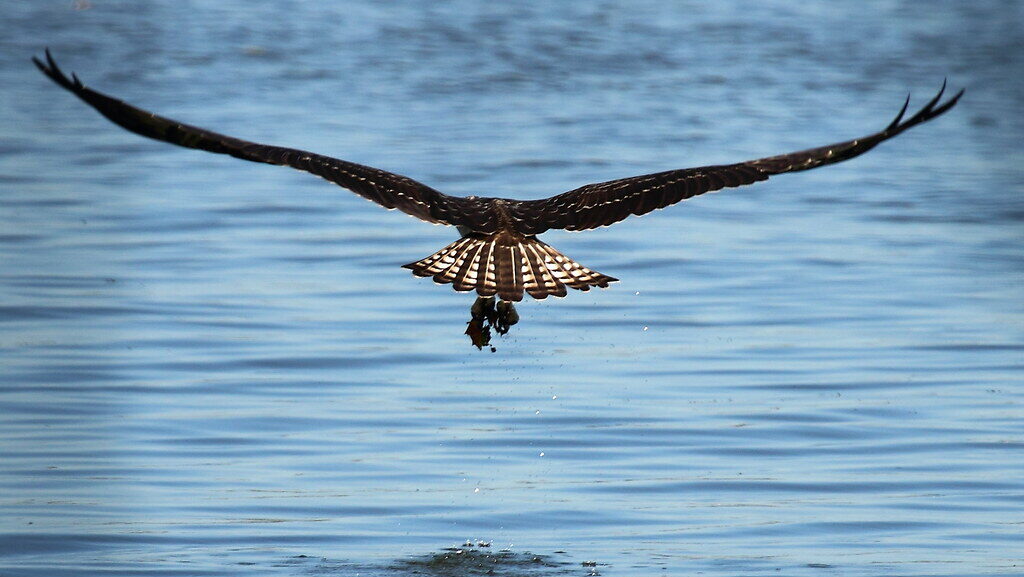
The development of flight capabilities represents a critical transition in a young raptor’s journey toward independence. Initial flight attempts typically begin with short, downward glides that gradually increase in distance and control as the bird builds muscle strength and coordination. For rehabilitation and release candidates, flight conditioning employs progressively challenging exercises in flight chambers or controlled outdoor environments to build endurance and maneuverability. Falconry birds undergo structured conditioning programs called “manning” that combine physical development with behavioral training, gradually introducing equipment like jesses, hoods, and the lure. Assessment of flight readiness includes observation of wing extension, symmetry, feather condition, and respiratory efficiency during exercise. For wild-destined birds, flight development must include exposure to natural obstacles and challenges they will encounter after release, including navigating through vegetation and adjusting to variable wind conditions.
Hunting Instinct Development
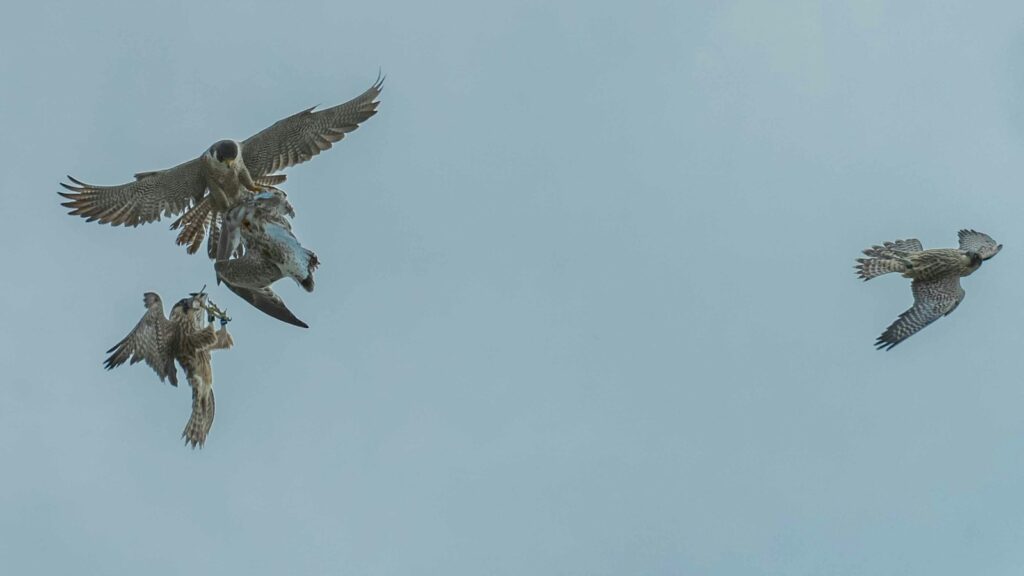
While raptors possess innate hunting instincts, the refinement of these skills requires practice and experience to transform natural drives into effective predatory behavior. In natural settings, parent birds demonstrate hunting techniques through example, gradually transitioning from delivering dead prey to presenting live but injured prey that offspring can practice dispatching. For human-raised birds, this process must be carefully simulated, beginning with stationary food items and progressing to moving targets that stimulate the chase instinct. Species-appropriate hunting techniques must be considered, as aerial specialists like falcons require different training approaches than woodland ambush hunters like goshawks. For rehabilitation cases, prey recognition exercises ensure birds can identify appropriate food sources before release, while assessing capture efficiency provides critical information about readiness for independence. The development of successful hunting behavior represents the culmination of physical, cognitive, and instinctual development that transforms a dependent hatchling into a self-sufficient predator.
Release Techniques for Conservation
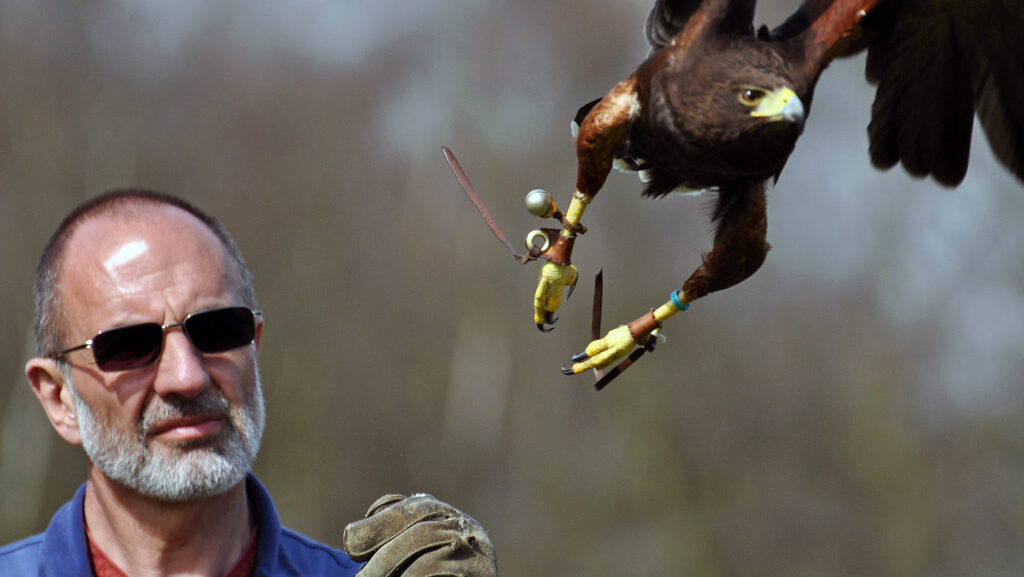
Releasing captive-raised raptors requires methodical preparation to maximize survival chances in the wild. Hack releases, commonly used in reintroduction efforts, involve placing fledgling birds in artificial nests in suitable habitat, providing food while minimizing human contact as birds explore their surroundings and develop flight skills. Soft releases extend this approach by continuing supplemental feeding after birds achieve independence, gradually decreasing support as they develop self-sufficiency. Pre-release assessment evaluates critical factors including appropriate fear responses, hunting proficiency, physical condition, and species-typical behaviors that indicate readiness for independence. Post-release monitoring through radio telemetry or visual identification methods provides valuable data on survival rates and behavior patterns, informing future conservation efforts. For rehabilitation cases, release timing must consider seasonal factors including prey availability, migration patterns, and weather conditions that might impact successful transition to wild living.
Training for Falconry
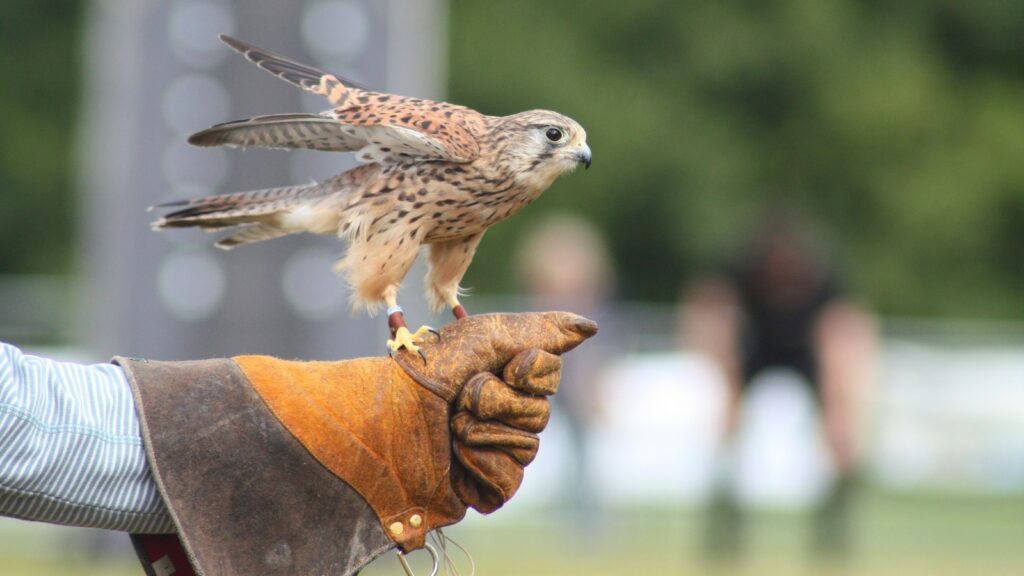
The ancient art of falconry represents a specialized path for captive-raised raptors, requiring systematic training that builds on natural instincts while establishing a working partnership between bird and falconer. Training begins with weight management to establish food motivation, followed by progressive steps including accepting the glove, responding to the lure, and flying increasing distances on the creance (a light training leash). Free flight represents a significant milestone, with the bird choosing to return to the falconer despite having the freedom to depart. Introduction to quarry follows established trust, with the falconer creating opportunities for the bird to employ natural hunting behaviors in controlled situations. Advanced training develops teamwork between bird and handler, with each species requiring different approaches based on their natural hunting styles, from the high soaring stoops of falcons to the short-range pursuit techniques of accipiters. Throughout training, the falconer’s role evolves from provider to partner, ultimately supporting the bird’s natural hunting abilities rather than controlling them.
Ethical Considerations in Raptor Raising
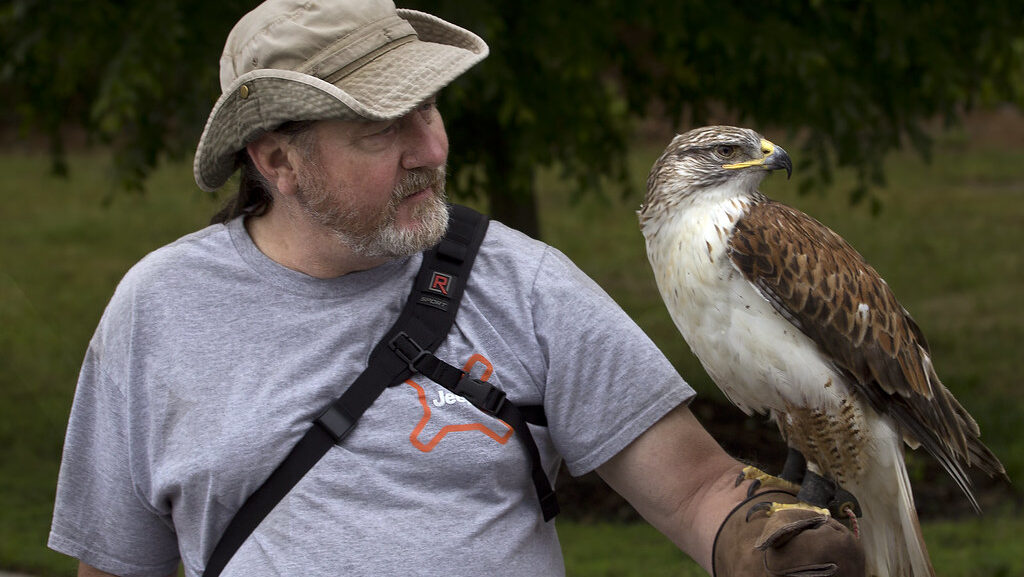
The privilege of working with raptors carries profound ethical responsibilities that must guide all aspects of care and management. Every decision, from housing design to training methods, should prioritize the bird’s physical and psychological welfare above human convenience or desires. For conservation breeding, genetic diversity and behavioral integrity must take precedence over production numbers to ensure released birds contribute meaningfully to wild populations. In rehabilitation contexts, difficult decisions about euthanasia versus permanent captivity for non-releasable birds must consider quality of life and educational value against the bird’s natural instincts. Falconry practices should emphasize the traditional hunting partnership that allows birds to express natural behaviors while receiving care and protection, avoiding exploitation for entertainment or status symbols. Responsible raptor management also includes participating in citizen science and conservation initiatives that contribute to species preservation, acknowledging that our relationship with these magnificent predators extends beyond individual birds to their wild counterparts and ecological roles.
The Rewards of Raptor Stewardship
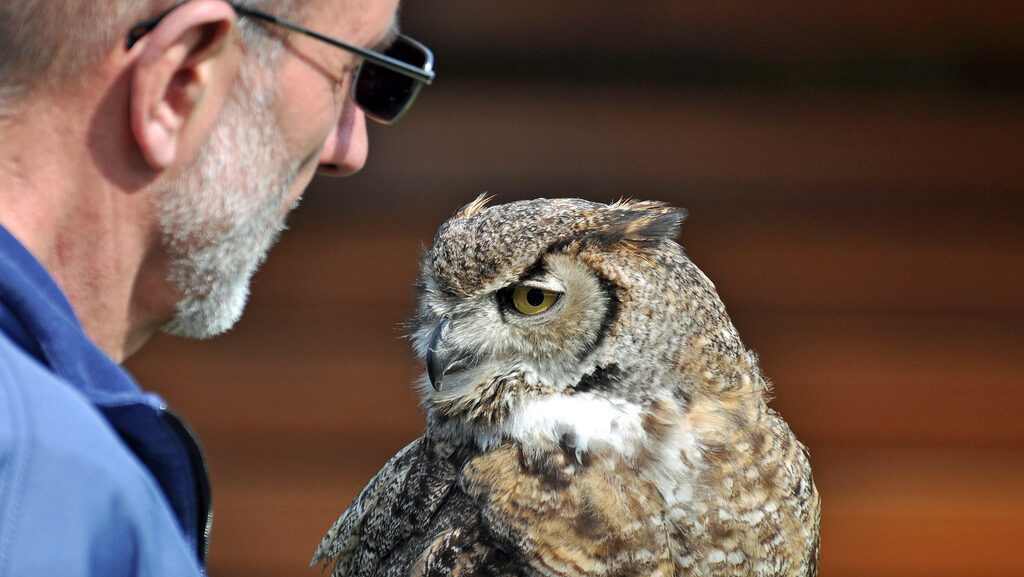
For those privileged to participate in raising raptors, the experience offers profound rewards that extend far beyond the practical outcomes of conservation, rehabilitation, or falconry. Witnessing the transformation from vulnerable hatchling to powerful predator provides unparalleled insights into evolutionary adaptations, behavioral development, and the intricate balance of instinct and learning. These relationships foster deep respect for natural processes and ecological systems that support these apex predators. For conservation breeders, successful releases of captive-raised birds into threatened populations represent tangible contributions to biodiversity preservation, while rehabilitators experience the incomparable satisfaction of returning healed birds to their rightful place in the wild. Falconers develop unique partnerships based on mutual trust and cooperation rather than dominance, participating in hunting traditions that connect humans with natural processes dating back thousands of years. Perhaps most importantly, those who work closely with raptors become ambassadors for these often-misunderstood species, sharing their knowledge and passion to inspire broader conservation ethics in others.
Conclusion
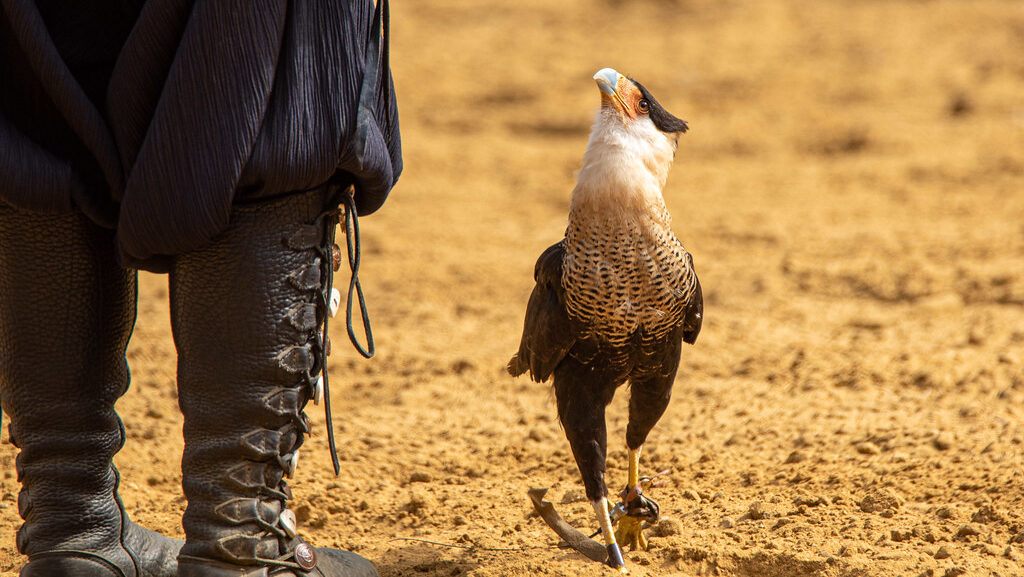
Raising raptors from hatchling to hunting machine represents one of the most challenging and rewarding endeavors in avian husbandry. Whether undertaken for conservation, rehabilitation, or the ancient practice of falconry, this journey requires specialized knowledge, unwavering dedication, and profound respect for these magnificent predators. The successful transition from dependent nestling to self-sufficient hunter depends on careful attention to physical, cognitive, and behavioral development, supported by appropriate nutrition, housing, and training approaches. While the methods may vary depending on the bird’s intended future, the fundamental goal remains consistent: to honor the bird’s nature while providing the care and guidance needed during its vulnerable developmental period. For those who participate in this remarkable process, the privilege of briefly sharing in a raptor’s journey offers incomparable insights into one of nature’s most impressive transformations.
